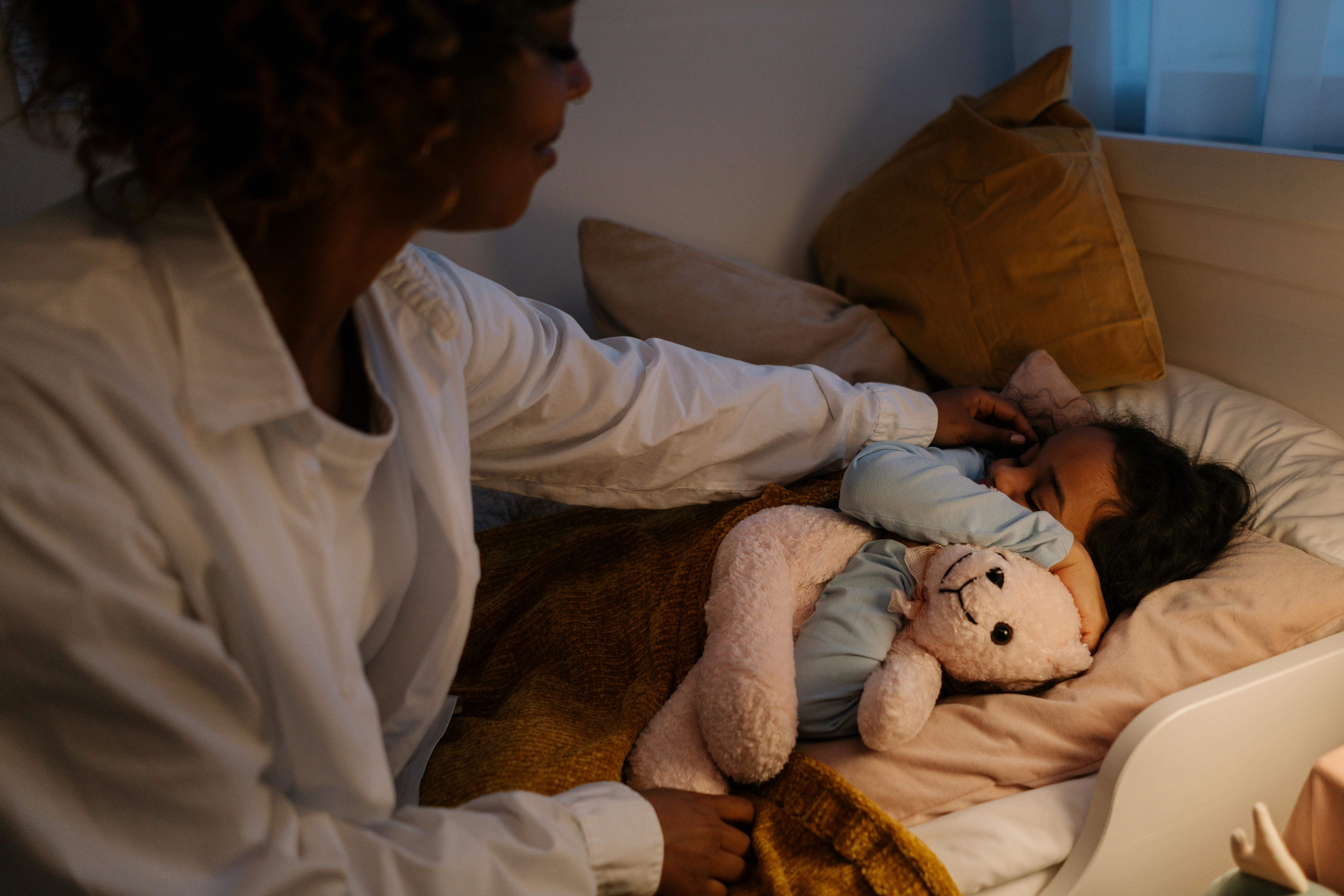Sleep regression at 15 months can be a challenging phase for both parents and toddlers. Known as the 15 15-month sleep Regression, this stage is marked by sudden disruptions in your child’s sleep patterns, often leaving families searching for effective solutions. In this comprehensive guide, we’ll help you recognize the signs, understand the causes, and implement actionable strategies to restore restful nights for the entire family.
What Is a 15-Month Sleep Regression?

A sleep regression is a temporary phase where a toddler, who was previously sleeping well, begins to wake frequently at night, resist naps, or have difficulty falling asleep. The 15-month sleep regression often coincides with significant developmental milestones, such as walking, language acquisition, or cognitive growth, which can temporarily disrupt sleep routines.
Common Signs of a 15-Month Sleep Regression

Recognizing the signs of sleep regression is crucial in addressing the issue effectively. Typical symptoms include:
- Frequent Night Wakings: Your toddler wakes up more often during the night, seemingly without reason.
- Nap Resistance: Struggles with falling asleep during regular nap times or shorter naps.
- Increased Clinginess: Seeking extra comfort, such as wanting to be held or needing a parent’s presence to fall asleep.
- Irritability or Fussiness: A crankier demeanor during the day due to poor sleep.
- Changes in Appetite: Eating more or less than usual, as sleep and eating habits are interconnected.
- Difficulty Falling Asleep: Longer periods of restlessness before bedtime.
What Causes the 15-Month Sleep Regression?

Understanding the root causes of this sleep regression can help you address it more effectively. Key factors include:
1. Developmental Milestones
At 15 months, your toddler is likely mastering new skills, such as walking, running, or communicating. This mental and physical development can make it more challenging for them to relax and settle down at bedtime.
2. Separation Anxiety
As children become more aware of their surroundings, they may develop stronger attachment behaviors, leading to a fear of being left alone during sleep.
3. Teething
Molars often erupt around this age, causing discomfort that disrupts sleep.
4. Sleep Schedule Changes
Transitioning from two naps to one can alter sleep rhythms, creating temporary confusion in their routine.
5. Environmental Factors
Changes in the child’s environment, such as a move, new caregivers, or family stress, can also contribute to disrupted sleep patterns.
How to Manage the 15-Month Sleep Regression: Practical Tips for Parents

While this phase can be frustrating, implementing the following strategies can ease the process and restore your toddler’s sleep:
1. Stick to a Consistent Routine
Maintain a predictable bedtime and nap schedule. Comforting routines like a warm bath, storytime, or soft lullabies can help indicate that it’s time to relax and prepare for sleep.
2. Address Discomfort
If teething is the issue, provide teething toys, or consult your pediatrician about pain relief options. Create a sleep environment that is cozy and promotes peaceful rest for your child. Additionally, dress your baby in soft and breathable fabrics for better sleep.
3. Offer Reassurance
If your child is experiencing separation anxiety, offer comfort without establishing new sleep dependencies. For instance, consider brief check-ins or a soothing object like a blanket.
4. Encourage Independent Sleep
Teach your toddler to self-soothe by placing them in their crib while drowsy but still awake. This encourages them to develop the ability to soothe themselves back to sleep independently.
5. Optimize the Sleep Environment
Create a dark, quiet, and cool sleep environment. Consider blackout curtains, white noise machines, or a bedtime light to foster relaxation.
6. Limit Screen Time
Avoid screen exposure at least one hour before bedtime to reduce overstimulation.
When to Seek Professional Help
If your toddler’s sleep issues persist for several weeks or impact their overall well-being, it may be time to consult a pediatrician or sleep specialist. Persistent sleep troubles can sometimes signal underlying issues, such as sleep apnea or other medical concerns.
FAQs About the 15-Month Sleep Regression
1. How long does the 15-month sleep regression last?
This phase typically lasts two to six weeks but varies depending on the child and intervention strategies.
2. Can sleep training help during this regression?
Yes, reinforcing positive sleep habits during this time can provide long-term benefits.
3. Should I drop a nap during the 15-month regression?
Transitioning to one nap may be appropriate if your toddler resists the second nap, but monitor their behavior for signs of overtiredness.
Final Thoughts
The 15-month sleep regression might feel like a never-ending phase, but with consistent strategies and a calm approach, it will pass. Remember, it’s okay to seek support—whether that’s from your pediatrician or other parents going through the same thing. Track your child’s patterns, respond with empathy, and trust that restful nights will return soon.
Understanding how much sleep toddlers need can help you better manage routines during the 15-month sleep regression and ensure your child is getting adequate rest for healthy growth.
